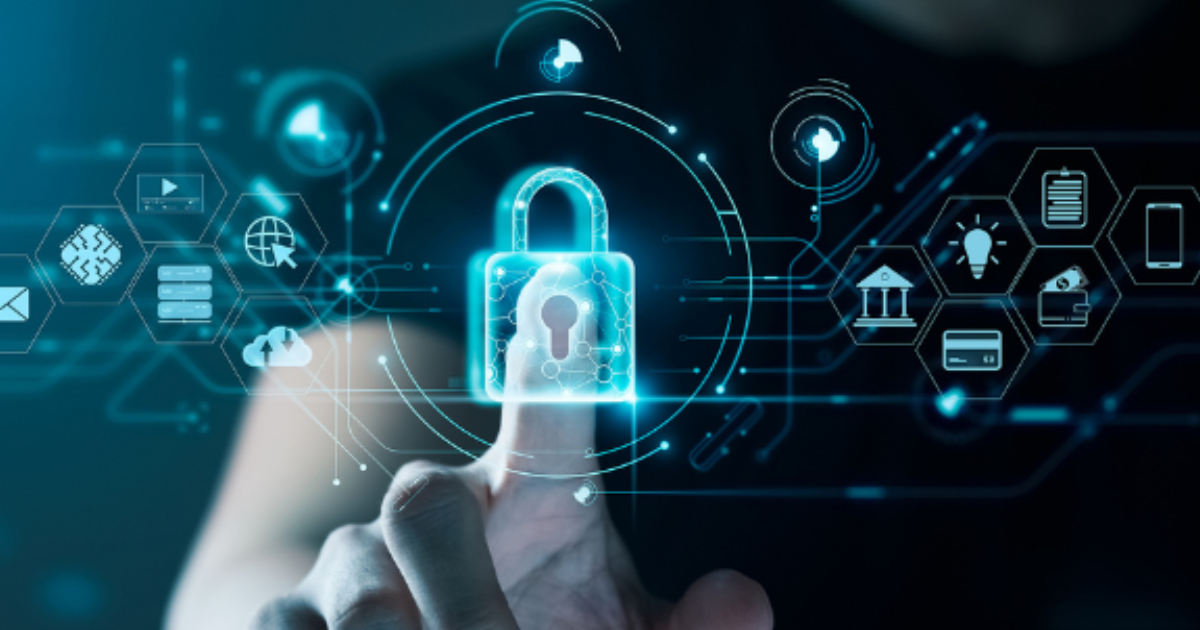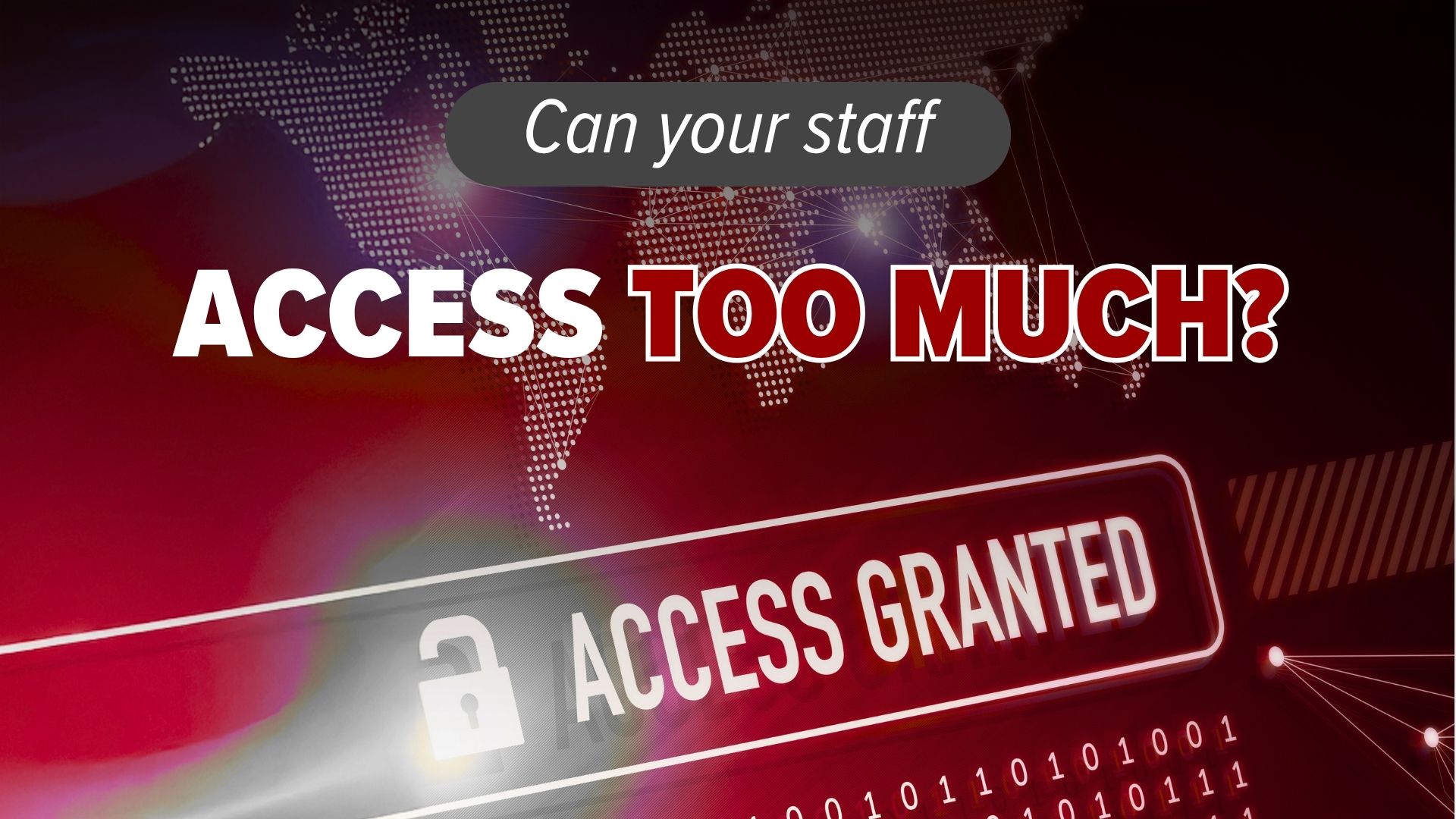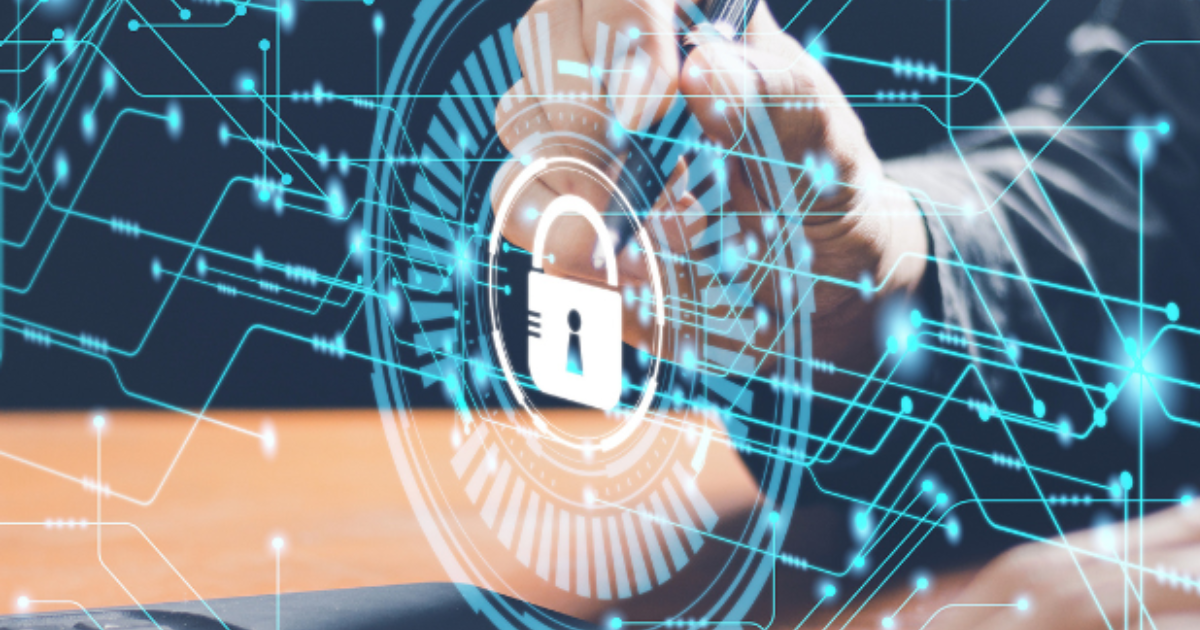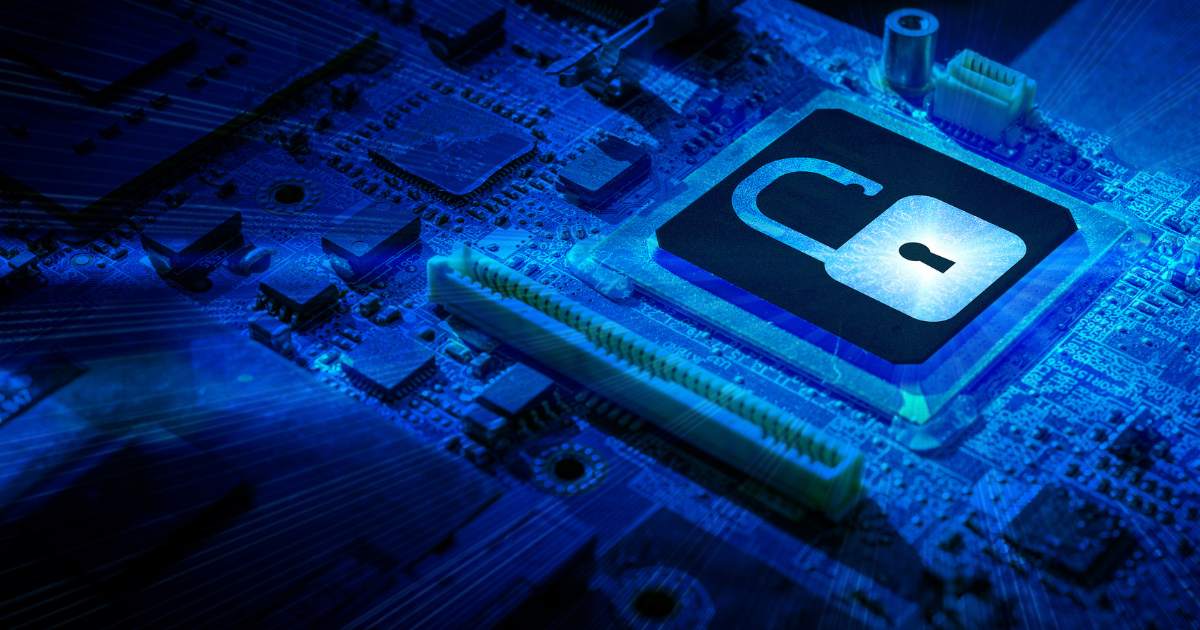Tips to Improve the Security of a BYOD Program
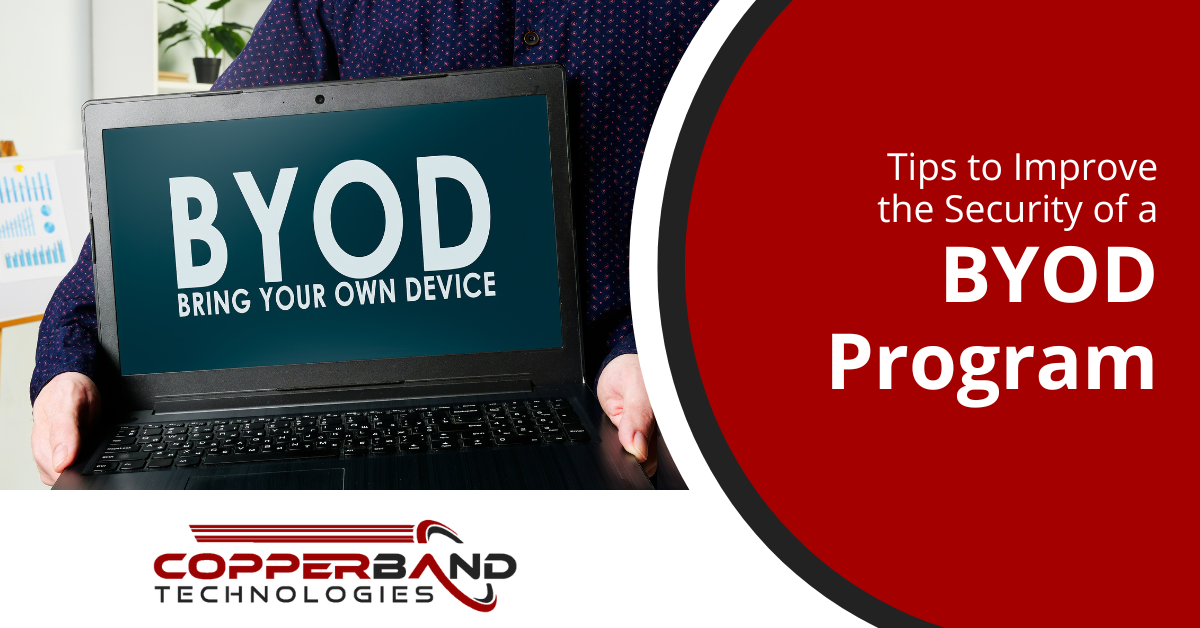
Bring your own device, or BYOD, programs are becoming increasingly popular in workplaces as a way to improve employee productivity and satisfaction. However, these programs can also present security risks to an organization if they’re not properly managed. In this blog post, we’ll give you some tips on how to improve the security of your BYOD program.
Educate Employees
It’s important to educate employees about the risks of BYOD and the importance of following the policy. However, employees should be made aware of the potential consequences of not following the policy. This can include a loss of data or personal information, legal liabilities, and productivity losses.
Use Mobile Device Management (MDM)
The second tip to improve the security of a BYOD program is to use mobile device management (MDM) software. To clarify, MDM software can help control which apps are installed on employee devices and remotely wipe data if a device is lost or stolen.
Review Your BYOD Policy Often
A BYOD policy should be reviewed and updated on a regular basis. Furthermore, this will ensure it is effective in protecting the company’s data and property. Employees should be informed of any changes to the policy so that they can take appropriate measures to protect their devices and data.
Encourage Employees to Use Strong Passwords
Employees should be encouraged to use strong passwords to protect their data and devices. A strong password has at least 8 characters and includes a mix of uppercase and lowercase letters, numbers, and symbols. Passwords should be changed regularly, and employees should never reuse the same password for multiple accounts.
Implement Multi-factor Authentication (MFA)
Multi-factor authentication (MFA) is a security measure that requires users to provide additional information beyond a username and password to access data or systems. This can include a code sent to a mobile device or an email address. Additionally, MFA can help prevent unauthorized access to data, even if a username and password are compromised.
Have a Procedure for Lost or Stolen Devices
A lost or stolen device can present a security risk if it is not properly protected. Employees should be instructed to report a lost or stolen device to the company as soon as possible. This way it can be remotely wiped of all data. Additionally, the company should also have a procedure in place for employees to follow if their device is lost or stolen.
Back Up Data Regularly
Data should be backed up regularly to reduce the risk of data loss in the event of device loss or theft. Furthermore, backups should be stored on a secure server or cloud storage service. BYOD policies should also specify backup frequencies, procedures, and acceptable methods for storing and accessing backups.
Use Encryption
Data should be encrypted to protect it from being accessed by unauthorized individuals. Data at rest (stored on a device or server) and data in transit (being sent over a network) should be encrypted. There are various encryption methods that can be used, such as full-disk encryption, file-level encryption, and database encryption.
Restrict Access to Sensitive Data
Sensitive data should be restricted to only those employees who absolutely need access to it. This can be accomplished by using role-based access controls, which give users access to only the data and resources that they need for their job. For example, an employee who only needs to read data could be given read-only access, while an employee who needs to edit data could be given read/write access.
Regularly Monitor Devices and Data
Devices and data should be monitored on a regular basis for unauthorized access or changes. BYOD policies should specify how often devices and data need to be monitored, as well as who is responsible for monitoring them. Monitoring can be accomplished manually or through the use of automation tools.
Make Cybersecurity Accessible and Easy to Follow
All it takes is one person to click on a malicious link or attachment for your organization to be at risk. You can’t just rely on antivirus software – you need a comprehensive security solution that includes employee education and awareness. Basically, even the best security solution won’t do any good if your employees don’t know how to use it or follow the policies. Therefore, that’s why it’s important to make cybersecurity accessible and easy to follow for everyone in your organization.
Be Sure To Stay Proactive
BYOD programs can improve employee productivity and satisfaction, but they can also present security risks to an organization if they’re not managed properly. Ensuring compliance by communicating your policies and enforcing security standards helps protect your business and your data. Data breaches and cyberattacks are on the rise, and it’s becoming more important than ever to have a strong cybersecurity program in place. If you have a BYOD program, these tips can help to improve the security of your organization. If you’re looking for a comprehensive security solution for your business, contact us today. At Copperband Technologies, your needs come first. Contact us via our contact form or call us at 931-263-8000.


